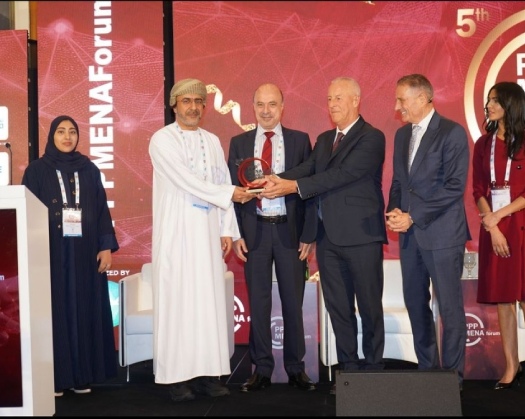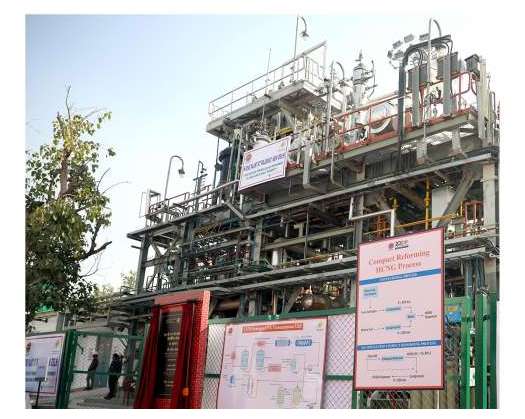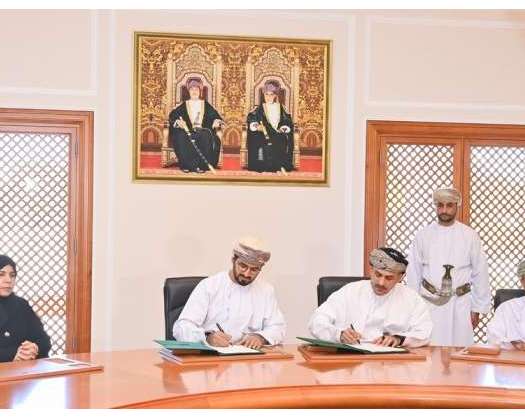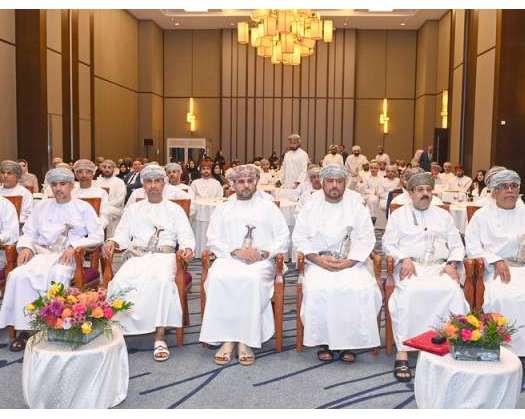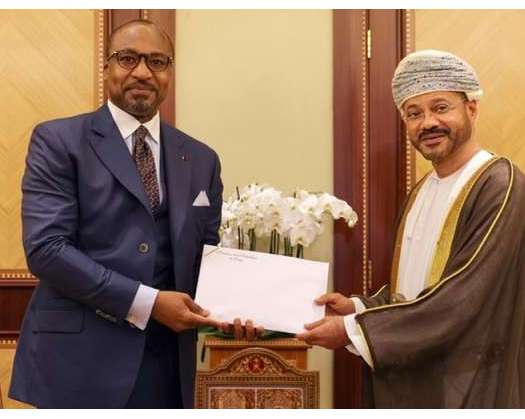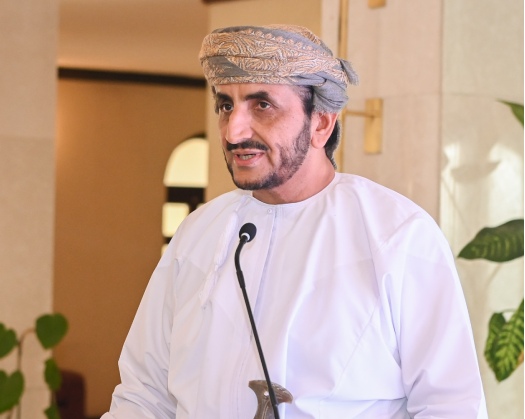New Delhi: The Indian telecom industry, boasting a subscriber base of 1.2 billion, is now exploring the realms of Artificial Intelligence (AI) and leading the charge in 6G technology. This sector has experienced remarkable growth, with average monthly wireless data consumption reaching 21.30 GB per user by October 2024.
According to the Cellular Operators Association of India (COAI), the establishment of over 460,592 5G BTS sites has driven the number of 5G users beyond 125 million, with forecasts suggesting an increase to 350 million by 2026.
Fixed Wireless Access (FWA), a significant application of 5G, has also seen swift adoption, nearing 3 million connections within just one year. The telecom sector plays a vital role in India's GDP and employs over 4 million individuals, now venturing into AI and spearheading 6G innovations.
More than 55 percent of Technology, Media, and Telecommunications (TMT) companies in India have fully embraced AI, while an additional 37 percent are in the process of scaling their AI capabilities, as reported by KPMG India.
Through the Bharat 6G Vision initiative, the government aims to capture 10 percent of global 6G patents and is actively promoting research by funding advanced testbeds and assessing proposals to enhance ecosystem development.
According to COAI, the telecom sector continues to encounter substantial challenges despite recent achievements. Large Traffic Generators (LTGs) are placing a heavy strain on networks, compelling Telecom Service Providers (TSPs) to allocate Rs10,000 crore in 2023. The absence of contributions from LTGs has resulted in a loss of Rs800 crore in AGR dues and taxes for the Indian government.
The industry association has also raised concerns regarding unregulated OTT communication platforms, which create an uneven playing field since TSPs must comply with stringent security regulations. It is essential to implement traceability and privacy measures for OTT services to promote equity.
Immediate allocation of the 6 GHz spectrum band, vital for 5G deployment, is necessary for mobile networks, while issues related to unauthorized Wi-Fi 6E routers available online also require attention.
Infrastructure limitations, right-of-way (RoW) issues, and spectrum interference are significant obstacles to network expansion, with the newly proposed Quality of Service (QoS) standards being deemed impractical by TSPs.
Although TSPs are adhering to TRAI's guidelines to reduce spam, it is crucial to extend Unsolicited Commercial Communication (UCC) regulations to OTT services to tackle the underlying issues of unwanted calls and messages.
COAI advocates for transparent spectrum auctions to facilitate the integration of Direct-to-Mobile (D2M) services with telecom networks, opposing the establishment of independent broadcasting networks.
Government measures, such as the elimination of the Wireless Operating License (WOL) and the removal of bank guarantee requirements for deferred spectrum payments since 2012, have eased financial pressures. Additionally, the Supreme Court's decision regarding tax credits for telecom tower components has also provided considerable relief.


